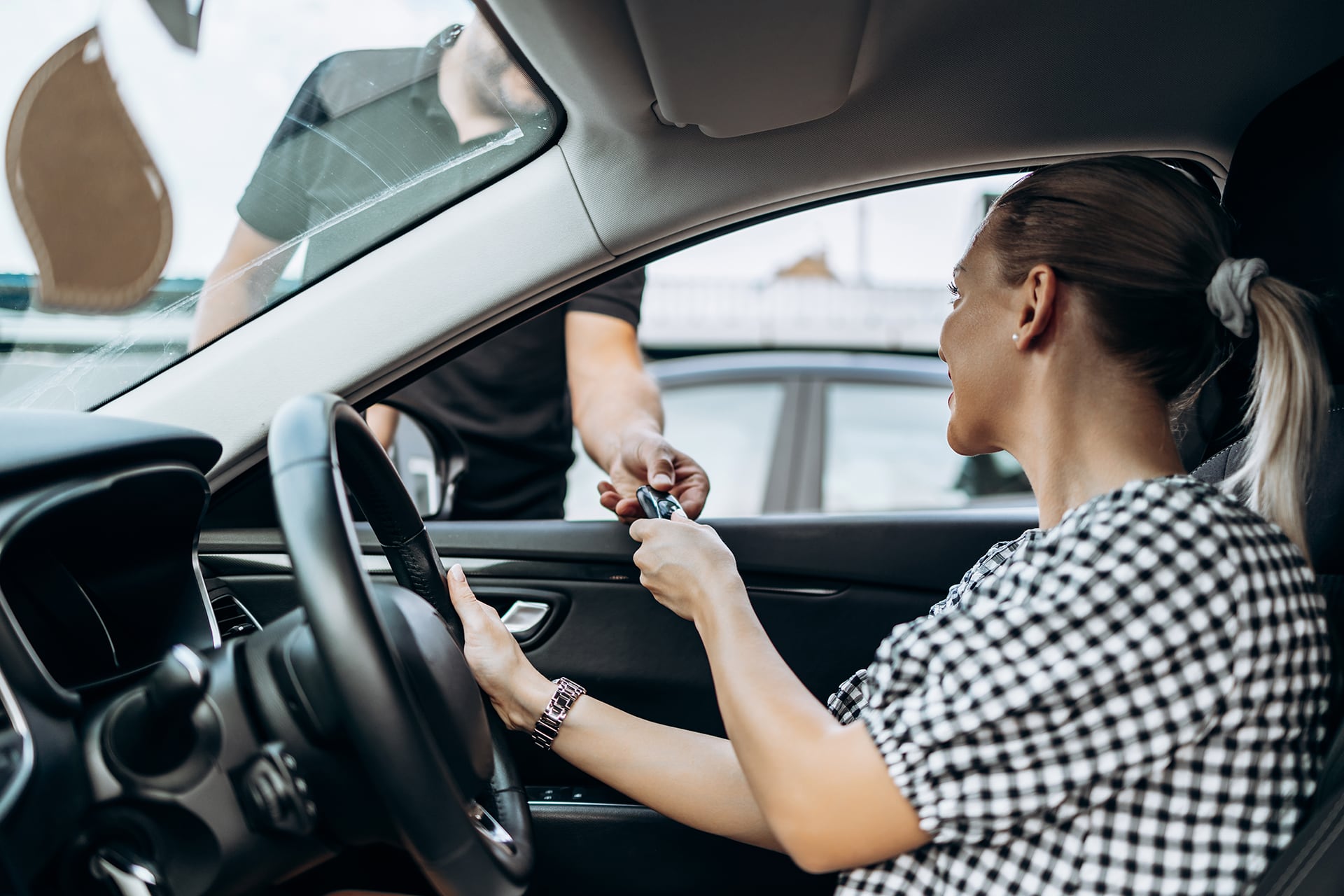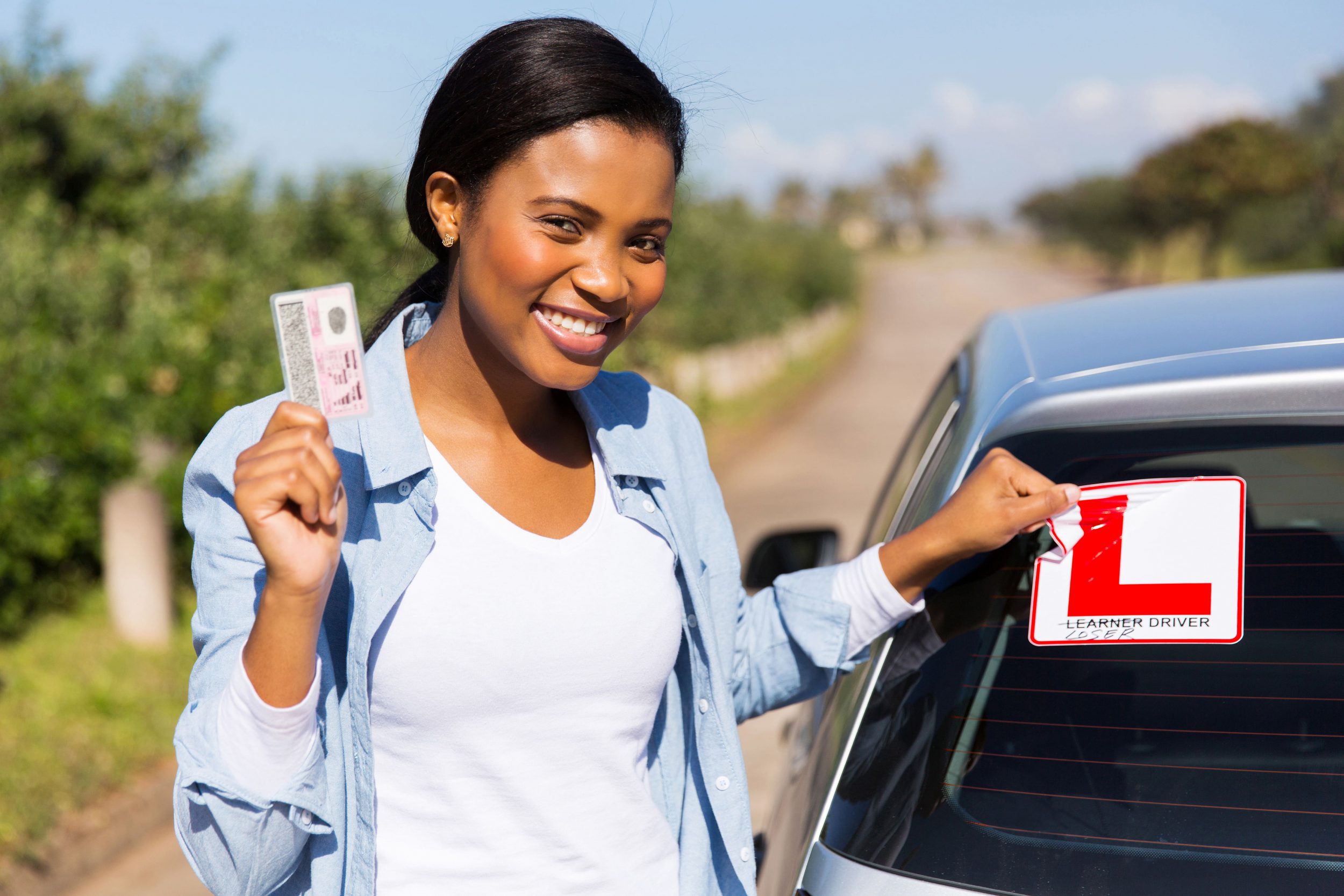Driving a new car for the first time can be a daunting experience. There are many situations in which you might have to do this, though; for example, when taking test drives as you shop for a new vehicle or borrowing someone else’s car for a trip.
Whether you’re a new learner or have been driving for years, being prepared will help you to feel comfortable and confident when you hit the road. In this article, we’ll share our top tips on how familiarise yourself with a new car.
Read the manual
Every car comes with a manual designed to help you to better understand the vehicle. Make sure that you take advantage of this wealth of information and scan through the most important sections.
Familiarise yourself with the basic operating instructions like how to activate the power or access the bonnet and fuel door. Understand the essential maintenance procedures like refilling engine oil and screen wash. You should also learn what each of the warning lights look like, so that you understand what they mean should they appear while you’re driving the new car.
Gain spatial awareness
It’s important that you gauge the size of your new vehicle, especially if it’s much larger or smaller than the car to which you’re accustomed. This will influence many aspects of driving, such as how you perform manoeuvres, your road positioning and how much space you need to leave between yourself and other road users. It’s vital that you build your spatial awareness before driving your new car on busy roads, where your judgement might be impaired by stressful situations.
Get comfortable
Your comfort plays an important role in good driving. That’s why finding the right body position is one of the best ways to get ready to drive a new car. You’ll need to adjust the wheel, seat and headrest until you find a position that’s just right.
The wheel should be around 12 inches from your chest with your shoulders leaning comfortably against the backrest. Your seat should be in a position that lets you sit upright and have a clear view of the road ahead. You should also have enough space to press down the pedals with a slight bend in your knee. Finally, the top of the headrest should be in line with or just above the top of your head.
Adjust the mirrors
Your ability to drive safely depends on how well you can spot hazards on the road. Ensuring that your mirrors are in the correct positions will give you peace of mind when driving a new car.
The rear-view mirror should give you a clear view of the back window and road behind, without you needing to move your head. Each side mirror needs to show around 10% of the car’s side, with the horizon appearing roughly halfway.
Locate the controls
Differences in where the essential controls are located is one of the biggest challenges of driving a new car. You need to be able to locate these without stopping to look so that you can use them safely while driving.
Familiarise yourself with the location and operation of the most important controls, including:
- Hazard, fog and headlights
- Windscreen wipers
- Screen wash
- Demister
- Horn.
Get accustomed to new technology
Most modern cars come with built-in technology like sat-navs and entertainment systems. You should spend some time setting up this equipment so that it’s ready for you to use when it comes to driving the new car. If you need to pair the entertainment system with your smartphone, for instance, it’s best to do this before you start driving.
You should also test the navigation system on some familiar roads so that you can get a better idea of how it works – you don’t want any stressful surprises in the middle of your journey.
Understand the pedals
Take the time to get accustomed to the new pedals. Find a quiet area such as a local estate or car park that you can use to practise driving the new car. You’ll need to find out where the clutch’s biting point is and understand how powerful the car is in comparison to the vehicle you’re used to. You should also learn how responsive the brakes are. Start slowly and give yourself plenty of time to adjust.
Practise manoeuvres
Whenever you’re driving, it’s a given that you’re going to have to perform manoeuvres every so often. Many people find these challenging at the best of times, and they become even more so when you’re getting to grips with an unfamiliar vehicle. You’ll be grateful for having put in some prior practice if the situation arises, especially if it’s under stressful conditions or busy traffic.
Find a quiet area in which to practise and go through the five main manoeuvres:
- Pulling up on the right
- Bay parking
- Reversing around a corner
- Parallel parking
- Turn in the road.
Since all manoeuvres require high levels concentration and awareness, practising them is a great way to gain greater control and confidence driving the new car.
Hit the road
When you feel ready, start driving on local roads. These are more likely to be quiet and more forgiving while you get used to the new vehicle. As soon as you’re comfortable, try town driving. The constant stopping and starting will help you to master the new pedals. After that, practise driving the new car at higher speeds on dual carriageways and motorways. Consider taking someone with you at any stage for some extra support.
Get peace of mind with Dayinsure
When you’re getting with grips with how to drive a new car, the last thing that you want is the worry of not being properly covered. Having the right insurance sets your mind at ease and lets you relax, secure in the knowledge that you’re protected should something go wrong.
At Dayinsure, we provide quick, flexible and affordable temporary car insurance. Our policies help you to get on the road for short periods, such as when taking out a new car for a test drive or borrowing someone else’s vehicle. We also offer temporary learner driver insurance, ideal for racking up extra experience in a family member’s car outside of your lessons.
Whatever the reason for which you need short-term cover, we’re here to help you to get behind the wheel with confidence. Get a quote today and you could be covered in minutes.



